Dunkirk
On 10 May 1940, the Germans attacked Holland, Belgium and Luxembourg, which were quickly defeated by the superior German forces. Soon the Germans had crossed the border into France where the French army and the British expeditionary corps stood for the resistance. But what they did not know was that another German force had advanced southward through the impenetrable Ardennes, threatening their rear. Fiercely targeted by a more determined and better coordinated enemy, over 300,000 French and British people found themselves cut off and trapped in the French port city of Dunkirk. Here it seemed that they were heading towards destruction, but the Germans for some reason halted outside Dunkirk on May 22. This gave the allies an opportunity to evacuate the trapped troops by sea across the English channel.
The Evacuation was called Operation Dynamo and began on May 26. It was carried out under chaotic circumstances and not always with a clear chain of command. The evacuation was also subjected to German artillery and airstrikes. The evacuation lasted until June 4 and until then about 340,000, mostly British forces, had been evacuated across the channel. Most from the port of Dunkirk but also from the sandy beaches. Left in Dunkirk were about 40,000 French soldiers plus all the equipment left behind.
Why the Germans stopped outside Dunkirk is still discussed by historians and scientists. Some argue that it was the German Air Force Chief, Hermann Goering, who persuaded Hitler to let the Luftwaffe destroy the trapped forces. However, the Luftwaffe did not start this attack soon enough, which allowed the western allies to initiate an evacuation. Others argue that the German armour/ground forces were in need of recovery before they could launch their final attack and that this made an evacuation possible. A third but not likely explanation was that Hitler allowed the evacuation because he wanted to show a form of goodwill for future peace negotiations. Another reason may be that the advance of the Germans had gone so fast that they fell for their own efficiency and simply did not manage to cope with themselves.
Whatever it may be, the evacuation was exploited propaganda-wise by the British. This was a time when setbacks came regurarly and the British were feverishly looking for something that could strengthen morale. The miracle of Dunkirk, as it came to be called, was portrayed as a heroic effort and the evacuees were rewarded with awards. Churchill was clear, however, that war was not won by evacuations but also understood the value of portraying it as a military success despite the fact that the evacuation was preceded by a military fiasco.
Current status: Preserved with museum (2017).
Address: Rue des Chantiers de France, 59140 Dunkerque.
Get there: Car.
Follow up in books: Jackson, Julian: The Fall of France: The Nazi Invasion of 1940 (2003).
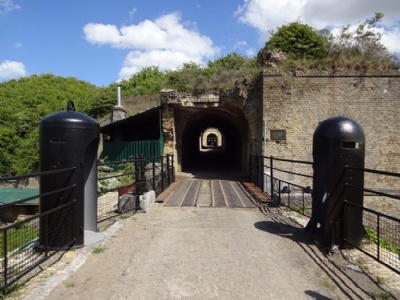
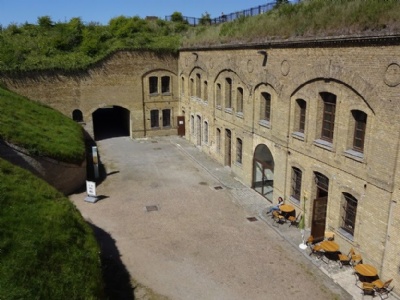
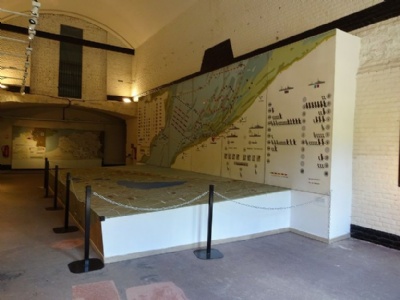

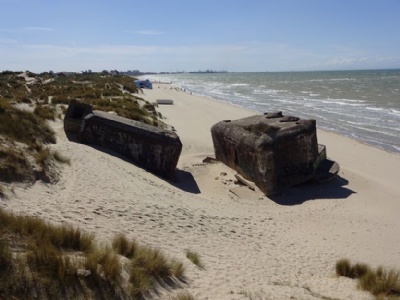

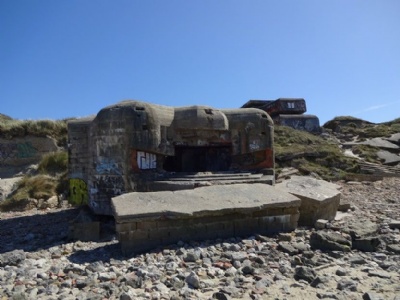

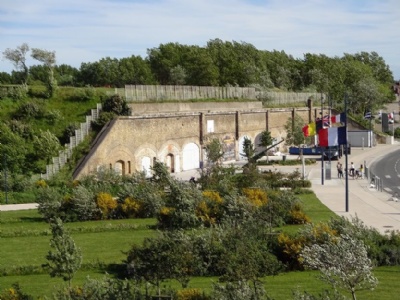
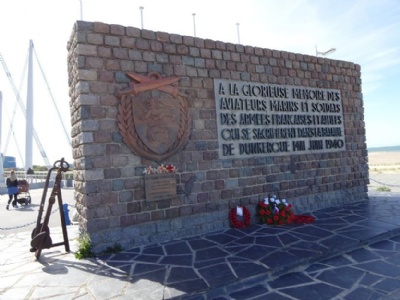
At fort Bastion 32, an improvised headquarters was set up during the evacuation and there is a museum. At the fort des Dunes at Leffrinckoucke there is also a museum that partly tells about the evacuation. The fort served as a assembly point for soldiers to be evacuated. Below the fort by the beach there are several bunkers, but these were built by the Germans as part of the Atlantic wall later in the war. During the German occupation, the fort was used as a place of execution. In 1944, six people were executed for attempted murder of a German soldier.
In Dunkirk there is also a British War Cemetery where approximately 4500 soldiers from the british expeditionary forces who served in France in 1939 – 1940 are buried. At Bray Dunes, just east of Dunkirk, are the wrecks of Devonia and Creasted Eagle who both took part in the evacuation. The wrecks can be seen if the tide is low enough. For those who may think that Dunkirk and Dynamo provide the same experience and feeling as, for example, Normandy will probably be disappointed. This does not mean that it is not worth visiting, but if Normandy is characterized much by the invasion, Dunkirk is not characterized by the evacuation. Which, of course, can be explained by the fact that it was a allied fiasco, not worthing remembering more than necessary.